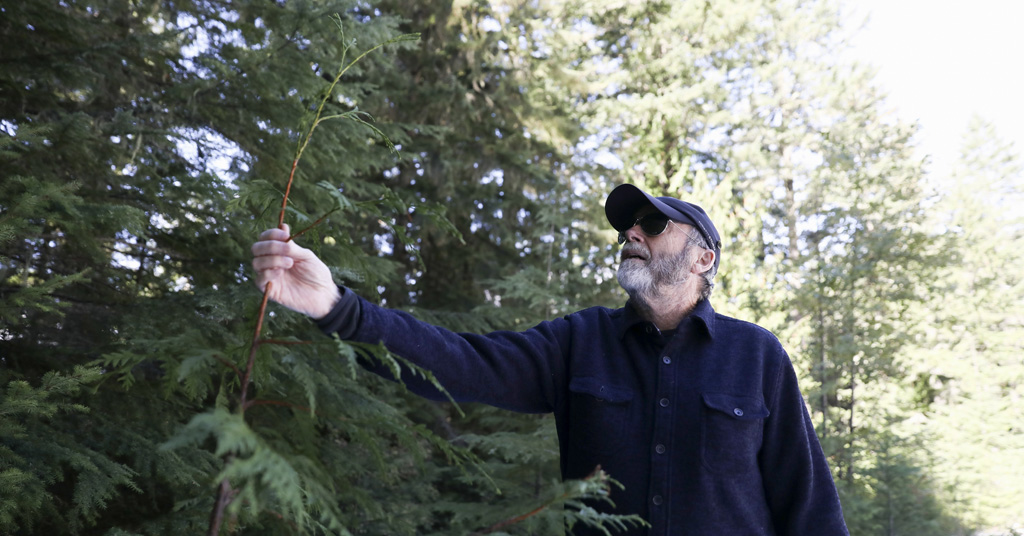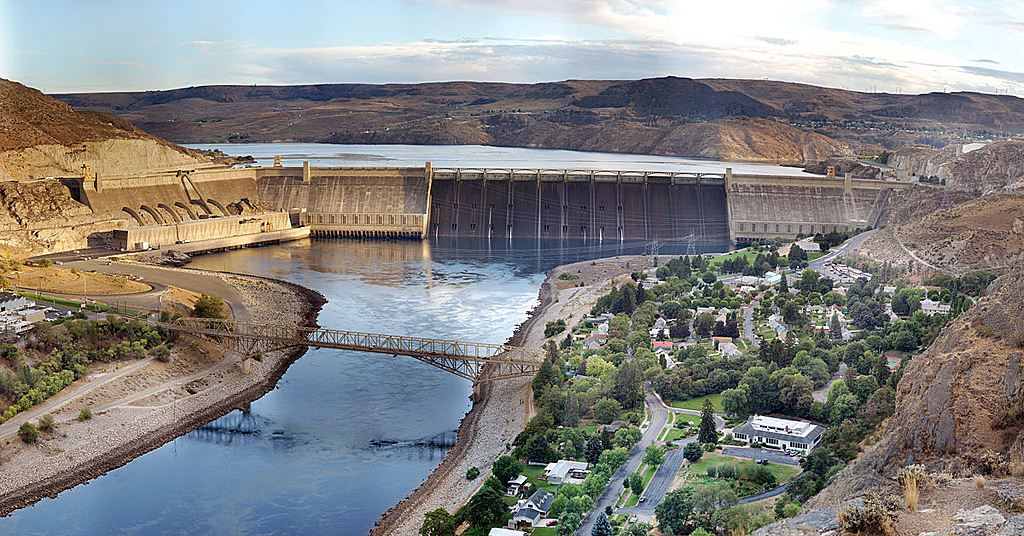The EPA is accusing Ace Black Ranches of Clean Water Act violations but the ranch owners say, huh?
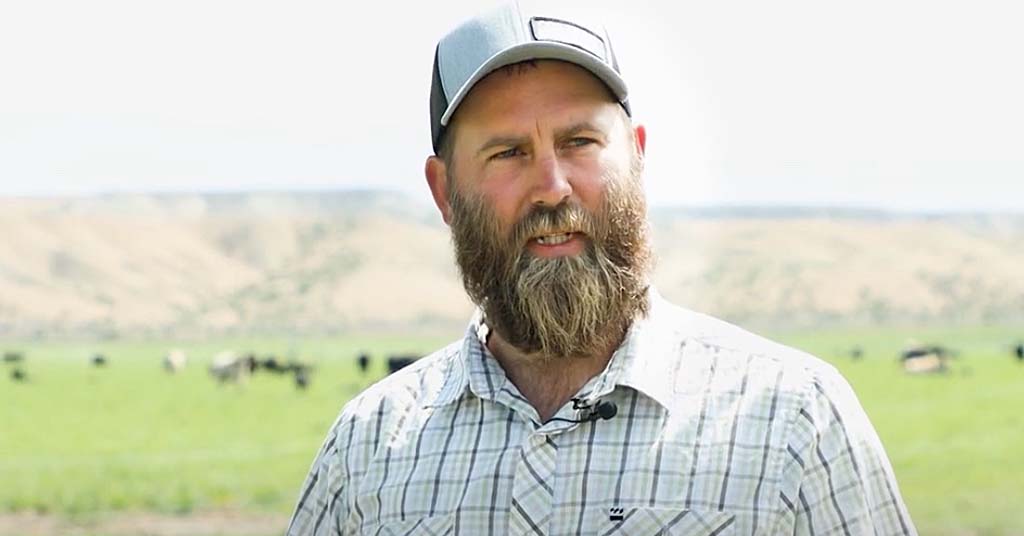
Building rights: Telby Black is a partner in Ace Black Ranches, which the EPA says illegally constructed roads in the Bruneau River and adjacent wetlands. The ranch calls the claims unfounded. Screenshot: Idaho Farm Bureau
By Kendra Chamberlain. March 7, 2024. Environmentalists were outraged in May 2023 by a U.S. Supreme Court decision that rolled back protections on the nation’s wetlands.
Last year’s 9-0 Supreme Court ruling in the case of Sackett v Environmental Protection Agency held that “the Clean Water Act extends only to wetlands that have a continuous surface connection with ‘waters’ of the United States.”
The ruling reversed decades of federal policy that widely applied the law to wetlands protections.
“The ruling … has enormous ramifications for the health of the nation’s waterways. In fact, it wouldn’t be hyperbole to call Sackett the most important water-related Supreme Court decision in a generation,” wrote the National Resources Defense Council.
“The decision dramatically narrowed the scope of the Clean Water Act, undoing protections that have safeguarded the nation’s waters for over 50 years,” wrote American Rivers, saying the ruling “erases critical protections for tens of millions of acres of wetlands.”
Now that ruling is being tested as a defense in a legal action the U.S. Environmental Protection Agency has filed against an Idaho ranch.
On behalf of the EPA, the U.S. Department of Justice is alleging that Ace Black Ranches in southwest Idaho violated the Clean Water Act by illegally discharging fill material into the Bruneau River and adjacent wetlands.
The complaint, filed on Feb. 27 in a U.S. District Court in Idaho, claims the ranch illegally mined and processed gravel extracted from the river and used heavy equipment to clear and level dozens of acres of wetlands without a Clean Water Act permit.
But the ranch owners contend those wetlands are no longer under EPA jurisdiction, thanks to the recent Sackett ruling that outlines a very narrow definition of “waters of the United States” in the Clean Water Act.
“There is no basis for the EPA’s claim of jurisdiction over wetlands,” the ranch said in a statement. “Ace Black Ranches’ lawful agricultural activities do not require a Clean Water Act permit and the EPA has no basis for its claims to the contrary.”
The Bruneau River is a tributary of the Snake River.
Portions of the river are protected under the Wild and Scenic Rivers Act, but the river is also used for agricultural irrigation near its confluence with the Snake River.
What violations?
The EPA says the ranch’s activities, which occurred between 2017 and 2021, “significantly” threatened fisheries, neighboring properties and downstream communities, including portions of the state-owned C.J. Strike Wildlife Management Area.
“The complaint in this case alleges that Ace Black Ranches treated the Bruneau River and state-owned wetlands along the river as private property that could be damaged or destroyed for sand and gravel mining, without any effort to comply with the requirements of the Clean Water Act that protects our Nation’s waters from such abuses,” said Assistant Administrator David M. Uhlmann for the EPA’s Office of Enforcement and Compliance Assurance in a statement.
The agency added that the river and its “adjacent wetlands” are subject to protection under the Clean Water Act.
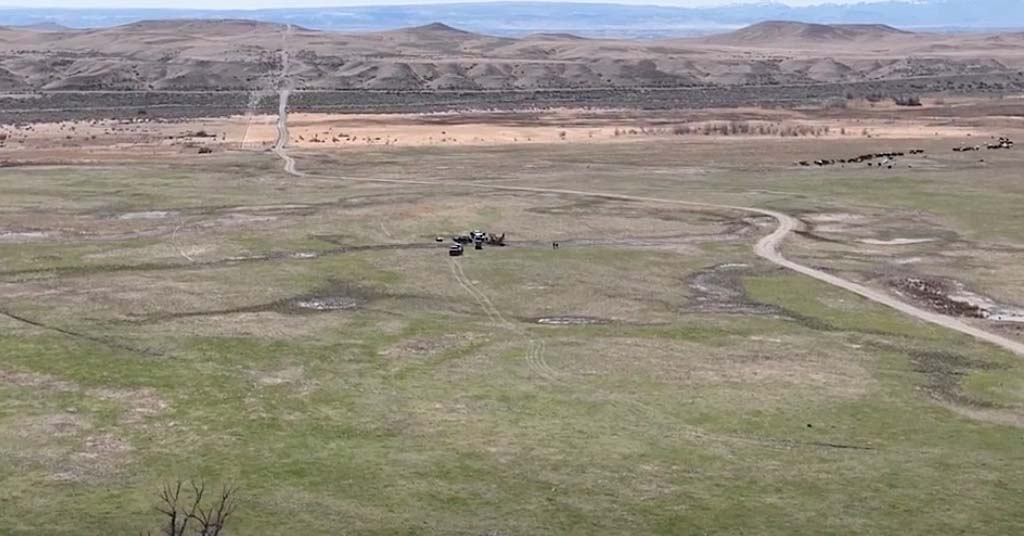
Back at the ranch: Ace Black Ranches is an 800-acre cattle ranch located in Idaho’s Owyhee County. Screenshot: Idaho Farm Bureau
A video produced in May 2023 by the Idaho Farm Bureau, however, suggests a gross governmental overreach, including intimidation tactics that included “five U.S. marshals, heavily armed” showing up on the ranch property with a sealed warrant and, later, a five-day digging operation on the property carried out by 14 EPA agents.
In the video, ranch partners Telby and Terry Black say that, despite complaints that began in 2019 by an Idaho Fish and Game manager then escalated to the U.S. Army Corps of Engineers then the EPA, they remained, at least up to that point, unaware and uninformed of the nature of the violations in the EPA complaint.
“I asked them for any samples, any information they had to give us, if they found a violation of any kind, and there again they still would not talk to us,” says Telby Black in the video.
“We’d like to fix this problem, and we don’t know what the problem is,” says Terry Black in the video.
A 2021 Idaho Farm Bureau Federation story, however, said the ranch had an idea of the what the issue was.
“Ace Black Ranches has changed our irrigation. We went from flood irrigation to center pivots, so that’s required us to change our roads. That’s required us to do a little more gravel work to fill those roads and tracks to make our irrigation system work,” said Telby Black in 2021.
“The Marshalls were good,” said Terry Black in the same story. “But the Environmentalists were sour.”
What are “adjacent” wetlands?
In the legal proceeding, Ace Black Ranches’ defense is based on the Sackett v EPA ruling.
In that case, the Supreme Court reinterpreted protections for wetlands by determining that wetlands that are adjacent to rivers do not merit protection under the Clean Water Act unless there is a surface-level connection to the river.
The unanimous ruling upended decades of precedent, stripping protections from the majority of the nation’s wetlands.
The ruling also flies in the face of science, according to Nick Kunath, conservation program manager for Idaho Rivers United.
The Clean Water Act’s mandate is “to restore and maintain the chemical, physical and biological integrity of the Nation’s waters.”
But the Supreme Court decision “completely ignores the scientific evidence and basic understanding of how wetlands function and how we have evolved our understanding of their importance,” Kunath wrote in a blogpost last year.
“Wetlands are often connected by groundwater, even if there’s not a continuous surface connection,” Kunath told Columbia Insight.
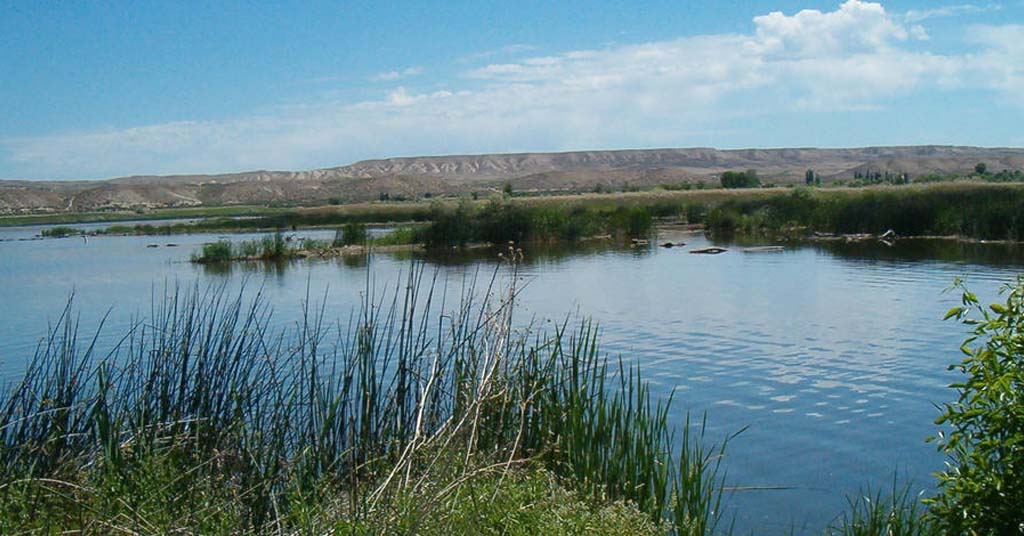
Treasured habitat: Located near Ace Black Ranches, the C.J. Strike Wildlife Management Area and reservoir is a popular spot for waterfowl hunting, fishing, camping, boating, wildlife viewing and photography. Photo: Idaho Fish and Game
Even small wetlands play a significant role in riparian habitats, slowing fast-moving water, filtering water and hosting wildlife. The C.J. Strike WMA, for example, is one of the most popular fishing areas in Idaho and is also known for waterfowl hunting.
“Wetlands have often been equated to the rainforests of the riparian areas,” said Kunath. “They’re some of the most biodiverse lands that we have. Whenever we lose wetlands, we have big biodiversity loss.”
Wetlands are relatively rare in Idaho, accounting for only 1-to-2% of landmass in the state.
But they’re important to wildlife. The National Association of Wetlands Management estimates those areas are “critical” for the survival of 80-to-90% of the state’s species.
The state of Idaho does not offer much protection for wetlands and relies on the Clean Water Act’s 401 water certification to regulate impacts to wetlands through the Idaho Department of Environmental Quality.
Idaho state law also prohibits any environmental requirements that are more stringent than federal requirements.






